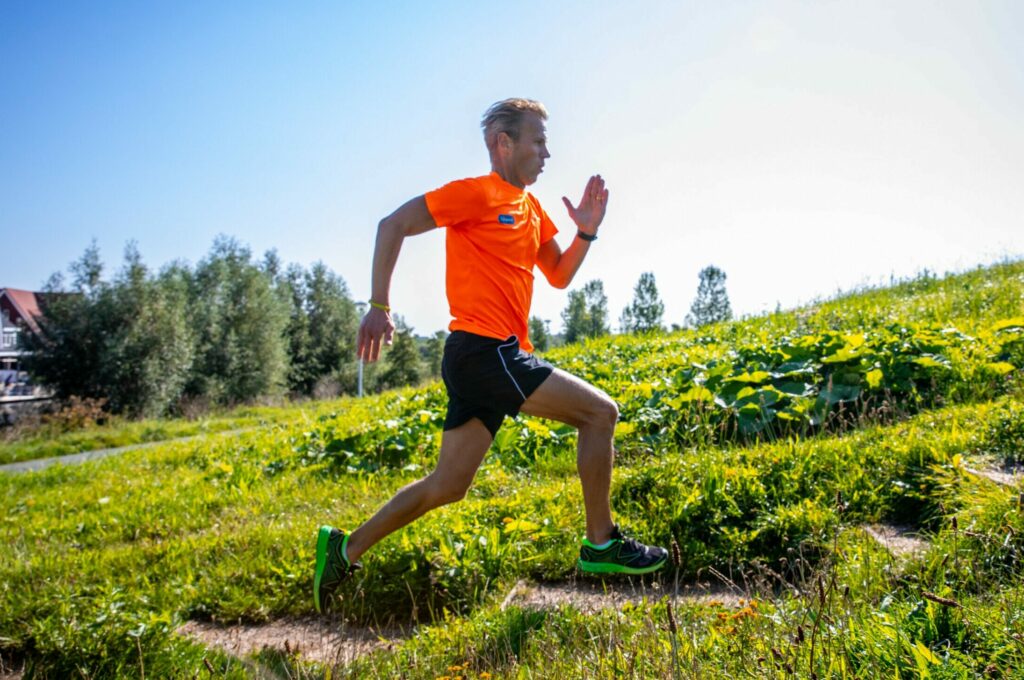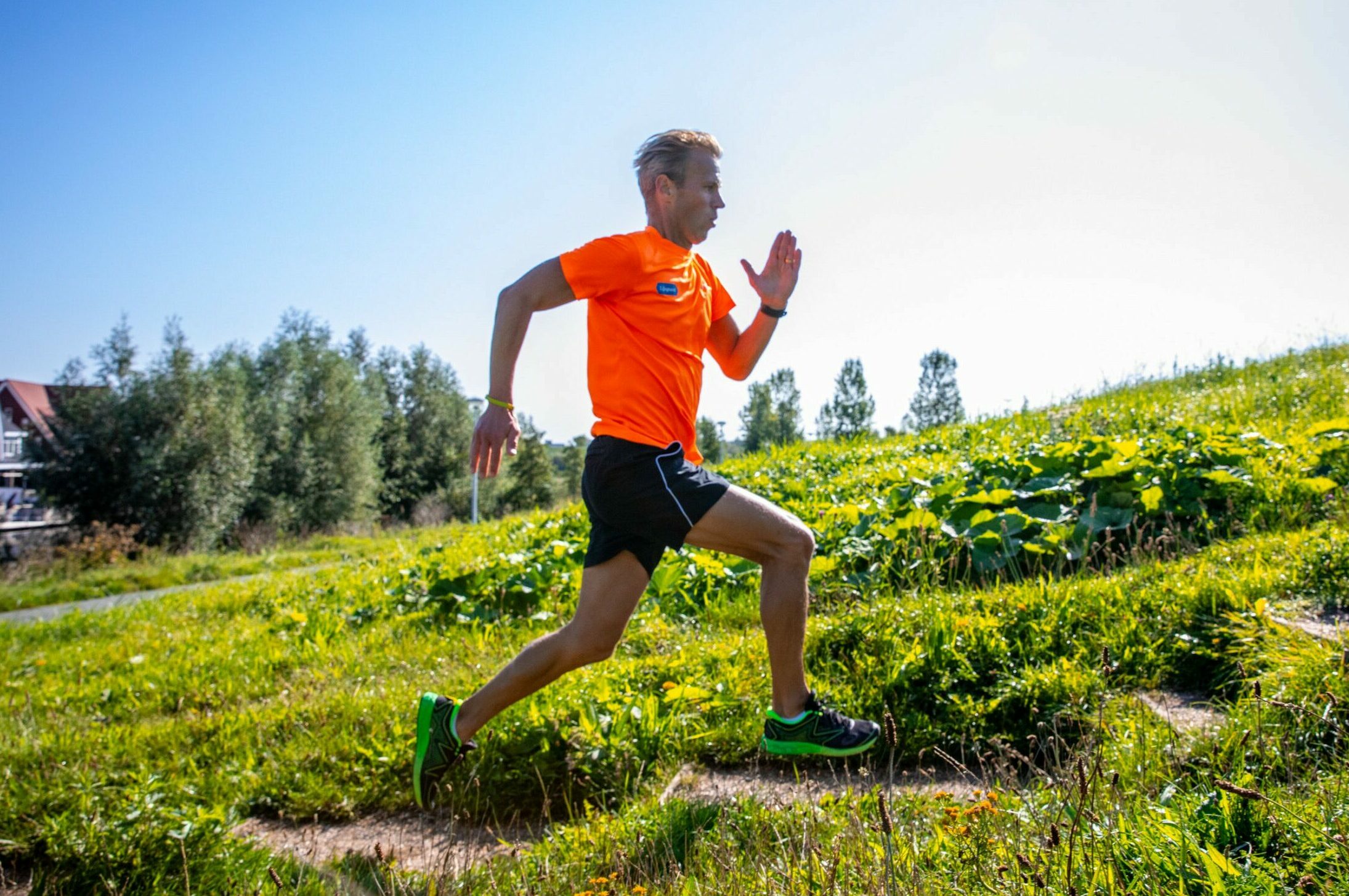Get the Most Out of Your Workout
For most people the key lies in applying – or optimizing – six basic exercise strategies. Apply all of them and you are exercising like a Pro.

Tip 1 – Optimize your weekly training load.
You will need to increase your exercise intensity, exercise longer or more often. Which of those will be the most effective depends largely on what you are doing right now. If you generally exercise at moderate intensity (swimming, jogging, yoga or Pilates), then increasing your exercise intensity, even if it’s only for a part of your work-out, can increase the volume and impact of your movement substantially, and thus improve your results. And if you are currently doing one high-intensity work out per week, then increasing the number of times you exercise will be more effective for you.
Tip 2 – Do High Intensity Interval Training (H.I.I.T).
H.I.I.T. combines short, high-intensity bursts of activity with slow recovery periods of mild activity or rest. By substantially varying the intensity of your work-out, you’ll be able to reap the benefits of both aerobic and anaerobic training, fast and effectively. If you’re willing and able to push to the max, you can get away with just minutes of exercise. This may sound too good to be true, but it’s not. Extensive research has shown that for most people, even those with common heart conditions, H.I.I.T. is more effective at improving aerobic fitness (cardiovascular and respiratory health), body composition (lose weight and gain muscle mass) and metabolic health (control blood sugar levels).
Tip 3 – Include strength training.
As you probably know, strength training is a must. Without it, you will rapidly start to lose muscle after the age of 40. Less muscle tissue means being less able to carry or push heavy stuff, or run up the stairs or hike up a mountain. It also means a slower metabolism and as a consequence, less good at managing blood glucose and burning fewer calories throughout the day. Strength training can counter these effects and thus help to guarantee optimal energy levels and a fit brain.
Technically, anything that demands your muscles to deal with a stronger than usual counterforce, such as lifting a heavy crate or pushing against a wall, counts. And no matter what kind of resistance you use, strength training builds muscle. Whether you choose to do body weight exercises, use free weights, weight machines, a combination of these, or join a class that incorporates other strength training exercises, it’s all good. As long as you make your muscles work at least twice a week!
Tip 4 – Stretch to stay flexible.
Your muscle tension slowly increases throughout the day, especially if you sit for prolonged periods of time or build up excessive levels of stress. Lowering muscle tension by stretching will allow you to be more energy efficient. As you get older, you will lose range of motion if you don’t stretch. This causes lack of mobility and tighter muscles that may result in back or joint pain and make it harder to move freely, often causing energy drains.

Doing flexibility exercises (like the ones in Yoga or Pilates classes) can reverse the shortening and tightening of muscles, making them highly effective tools for preventing unnecessary discomfort and energy loss throughout your day. If you ever have tight muscles or want to prevent yourself from moving like an ‘old man’, consider enrolling in a Yoga, Pilates, Tai Chi or Jiu Jitsu class.
Tip 5 – Change your routine regularly.
The whole concept of training revolves around challenging your body. When you repeatedly challenge yourself in the same way, your body adjusts itself. While this is generally a positive thing, it can also stop you from progressing, or as we say in sports, reach a plateau. Making changes in your routine, varying the way you work out, increasing the weight, adding repetitions, taking another class, gradually increasing your sprint intensity, are all things that will stimulate your body to make new adaptations and improve your results. This is the reason why exercise classes, be it yoga, CrossFit or boot camp, continuously change the build-up of their routines.
Tip 6 – Train with full focus.
Sometimes it feels great to ‘zone out’ while you exercise, especially when you are doing something repetitive and easy to do, like jogging, swimming or cycling. When you lose connection to what you’re doing, you’re practically guaranteed NOT to obtain optimal results. In order to get the most out of your work-outs, you need to focus on what you are doing. Not a little, but a full 100%.



